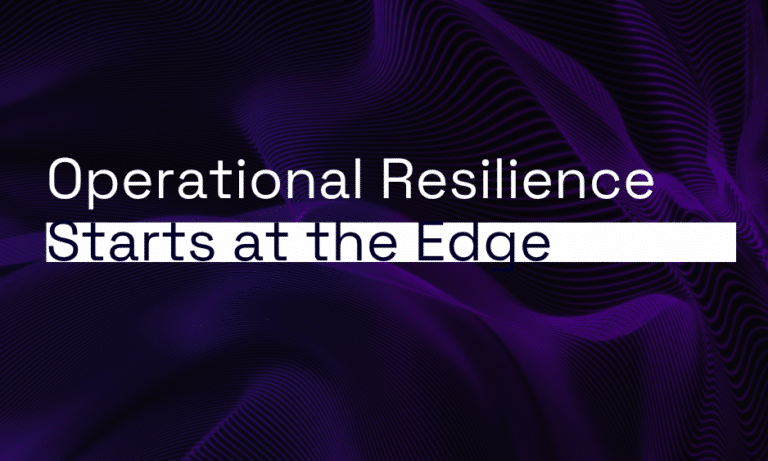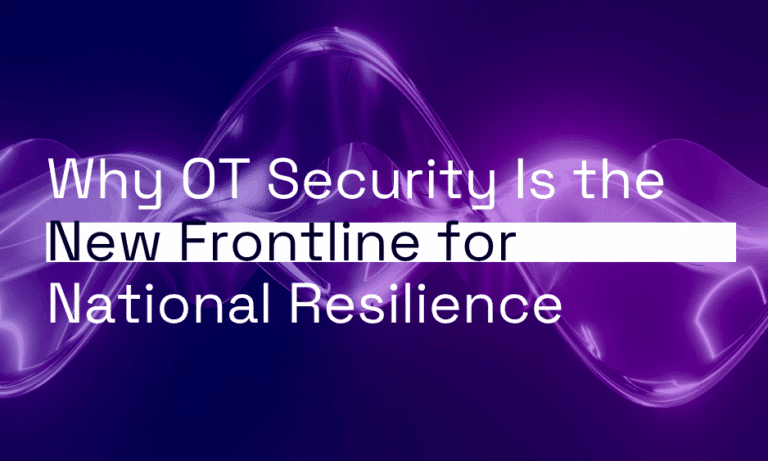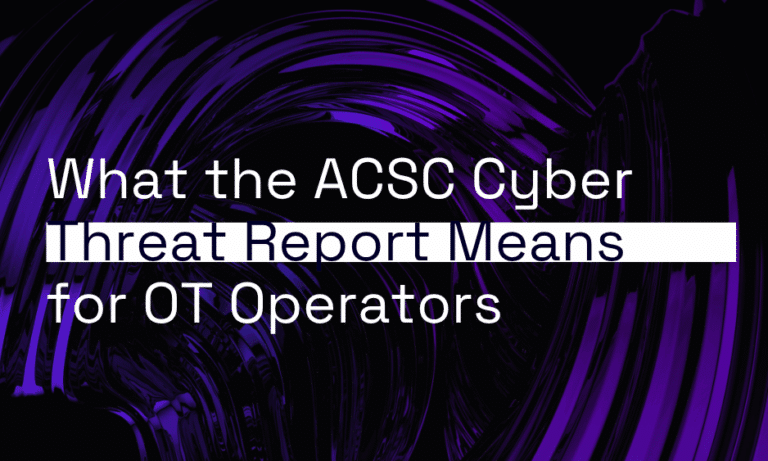Supercharge your hybrid workforce with faster, more secure cloud access
In this new era of hybrid working environments, supporting teams to work from anywhere efficiently and safely has become critical. Flexibility at work is here to stay and organisations now need to adopt technology that provides secure network, internet and cloud access, no matter what device their teams are using or where they are working.
Adding to the challenge facing IT teams is that people need access to more software, applications and data than ever, with many of these hosted in the cloud for both flexibility and scalability. This becomes even more complex when people connect their own devices to the network, making the network and the web more tangled than ever.
Given the challenges facing organisations, how can you supercharge your hybrid workforce and deliver a network that offers faster, more secure cloud access? Read on to find out.
Secure client-to-cloud access with Orro’s SASE framework
Secure Access Service Edge (SASE) is a framework that has gained popularity over the last few years. The SASE framework delivers multiple benefits by combining Software-defined WAN (SD-WAN), Cloud Access Security Broker (CASB), NGFW and Firewall-as-a-Service (FWaaS), and Secure Web Gateways (SWG).
Critically, SASE helps achieve the ‘big three’ of simplifying network infrastructure, improving security and reducing costs. It can also improve performance and lower latency, helping teams to be more productive and collaborate while working from anywhere.
At Orro, we refer to this as ‘securely connected everything’. A simple concept but somewhat more complex to implement efficiently.
As a Cisco partner, Orro designs, builds and supports SASE solutions with the help of Cisco’s advanced products.
- Meraki MX and Viptella to provide secure branch connectivity
- Secure Firewall for hybrid data centres
- Identity Service Engine (ISE) for authentication
- Umbrella for DNS and Secure Internet Gateway Services
- Secure Endpoint for Malware Protection
- Secure Client for mobile secure connectivity
- Secure Access by Duo for Multi-Factor Authentication
By reducing the reliance on siloed point solutions for networking and security, organisations can reduce complexity and costs, simplify deployment and streamline management. This effectively frees up networking and security teams to spend less time on more mundane tasks and instead focus on higher-value tasks.
SASE enhances scalability, allowing organisations to meet current and future challenges efficiently.
Faster, safer network access with Zero Trust
According to Gartner, Zero Trust Network Access (ZTNA) is forecast to grow 31% in 2023, driven by the need to protect remote workers and the reducing dependence on VPNs for secure access. By 2025, Gartner predicts at least 70% of new remote access deployments will be served predominantly by ZTNA rather than VPN services.
Also known as the software-defined perimeter, ZTNA is an identity-driven approach to security. By default it denies access to a network, applications and data, even from within the office, rather than assuming that the user or device can be trusted.
This significantly improves security posture and risk management while decreasing the likelihood of a security breach, reducing costs and making secure access easier to manage and scale.
In a security breach, ZTNA can effectively limit the impact by taking a more holistic approach to control and visibility, ensuring network and application infrastructure are invisible to unauthorised users. ZTNA helps combat security appliance sprawl and network complexity.
At Orro we design, build and support networks with ZTNA powered by Cisco products including:
- Secure Access by Duo
- Secure Email
- Secure Firewall
- Secure Network Analytics
- Secure Workload
- Secure Applications for AppDynamics.
Combating increasingly sophisticated cyber threats
The challenge of managing a hybrid workforce is not simply how to deliver faster and more secure network access that helps drive productivity and collaboration. The network now provides a much greater attack surface and must be able to combat increasingly sophisticated cyber security threats.
By adopting a SASE or ZTNA framework, organisations put cyber security at the core of their IT infrastructure, working to actively protect data and reduce cyber threats.
There’s no doubt that the traditional office perimeter has shifted. In this new era of hybrid and remote work, businesses must adopt a SASE or ZTNA framework to enforce user, app and data policies and defend against cyber threats. Supported by Cisco’s robust cloud security tools, organisations can create a secure, agile and efficient network to supercharge their workforce.
Whether you’re looking to upgrade your network, access more cloud services from anywhere or support a hybrid workforce, Orro’s secure client-to-cloud service delivers the connectivity, performance and security you need.









